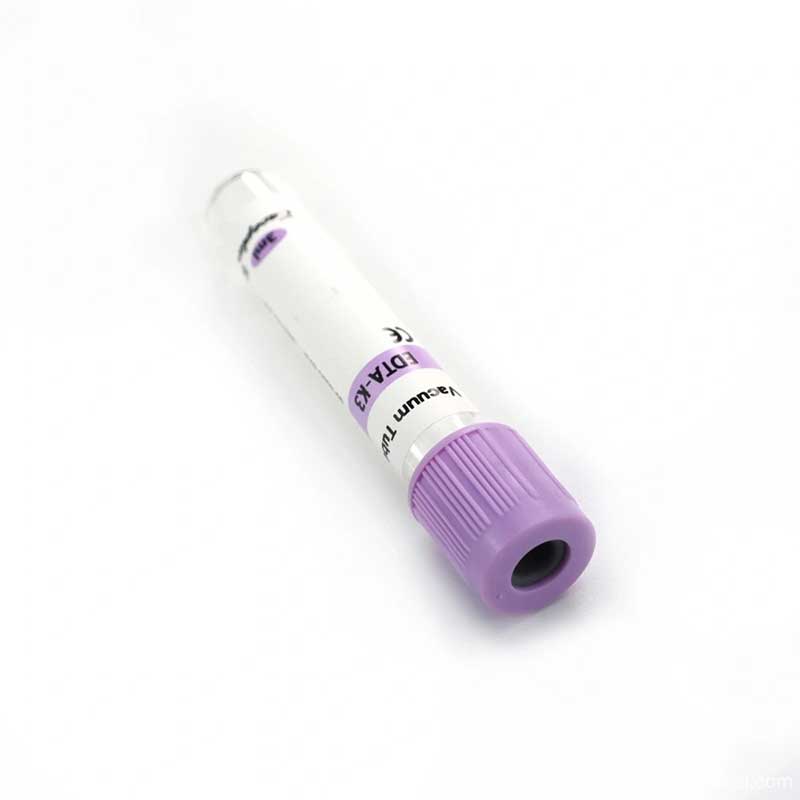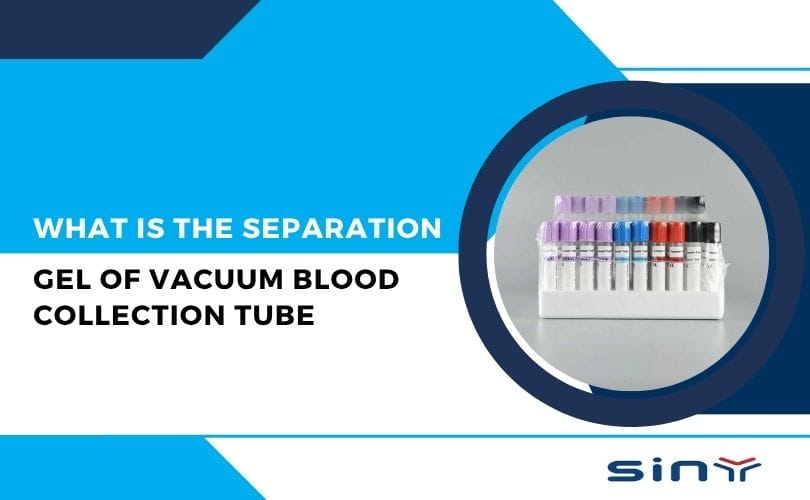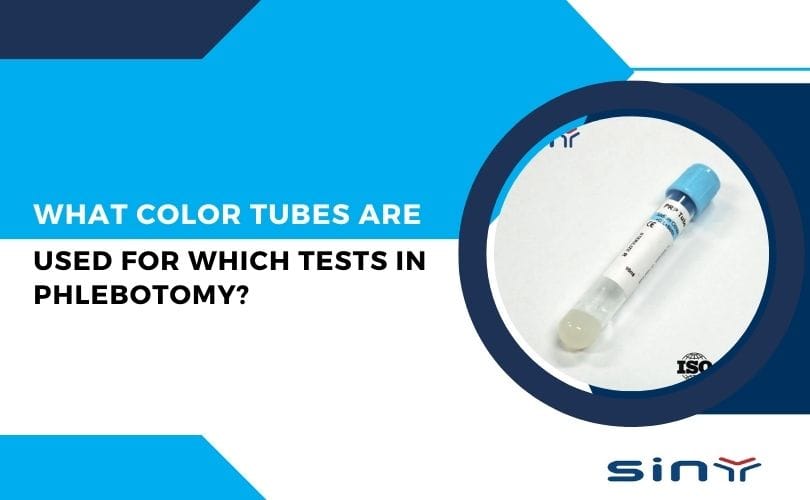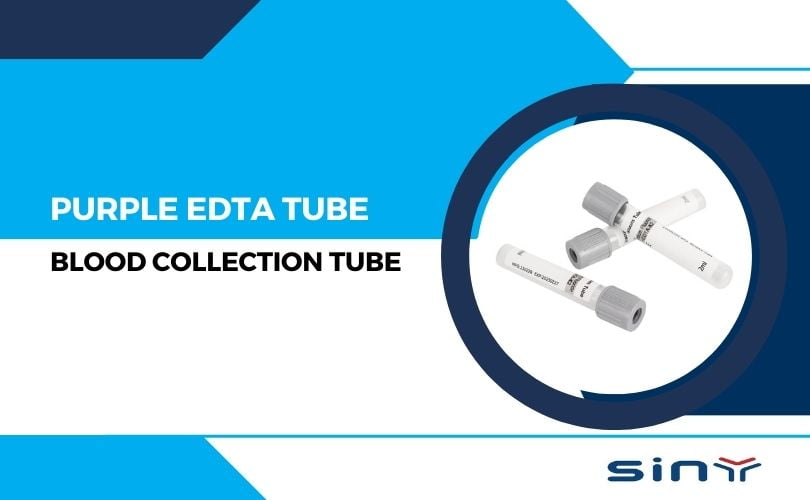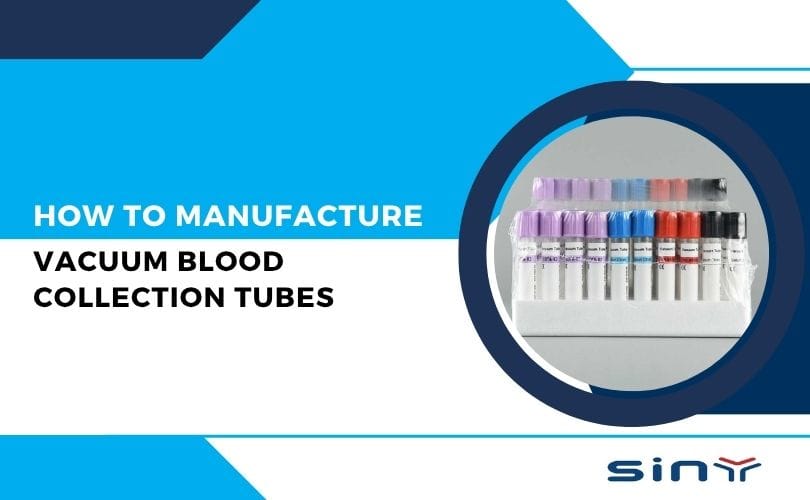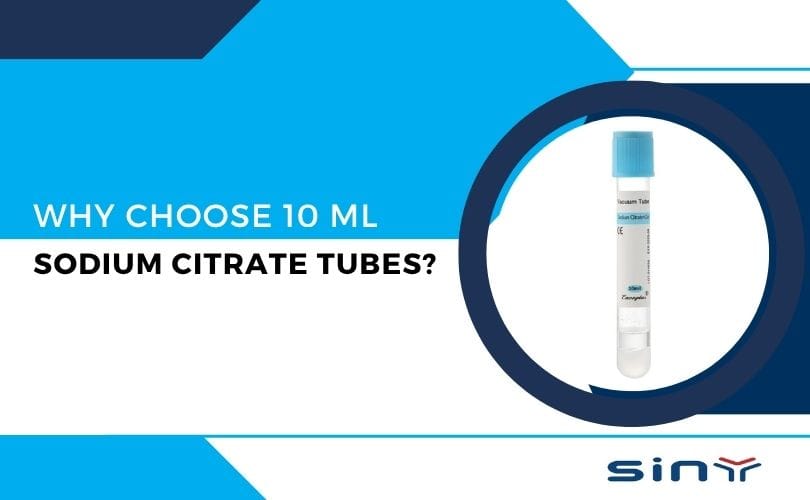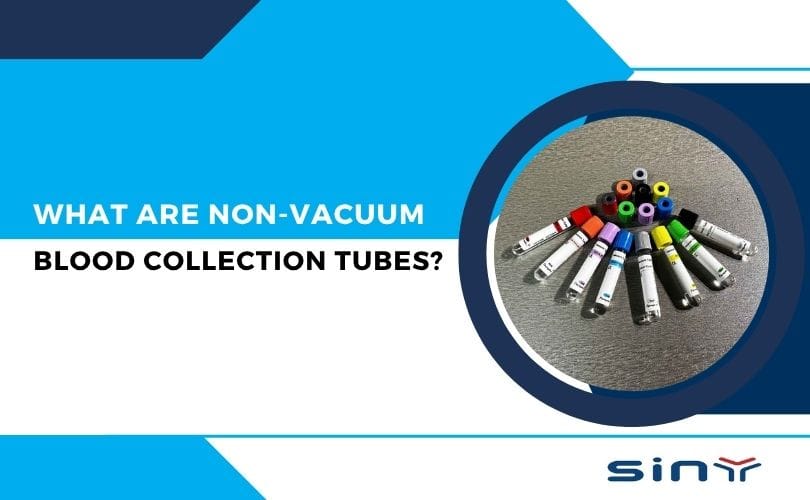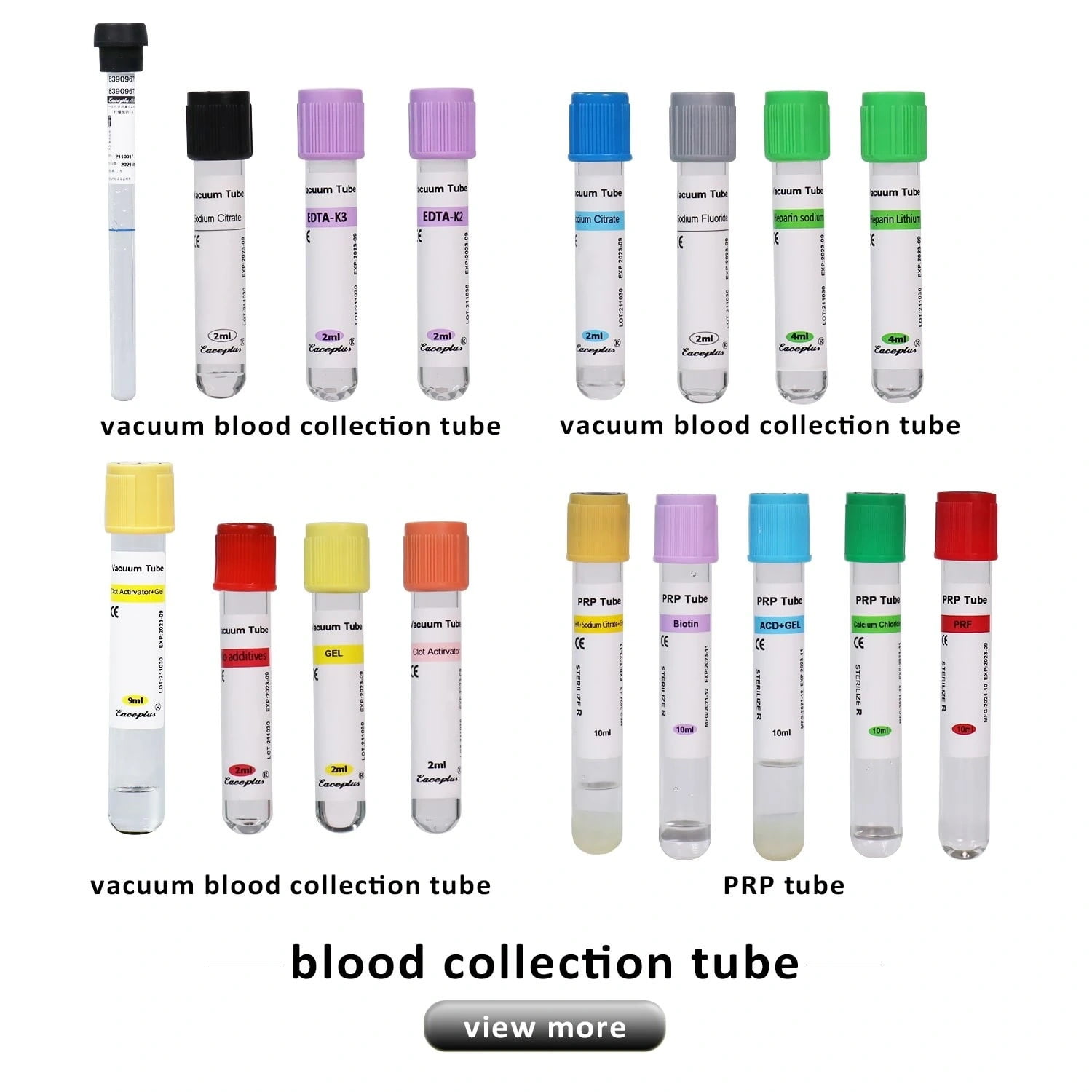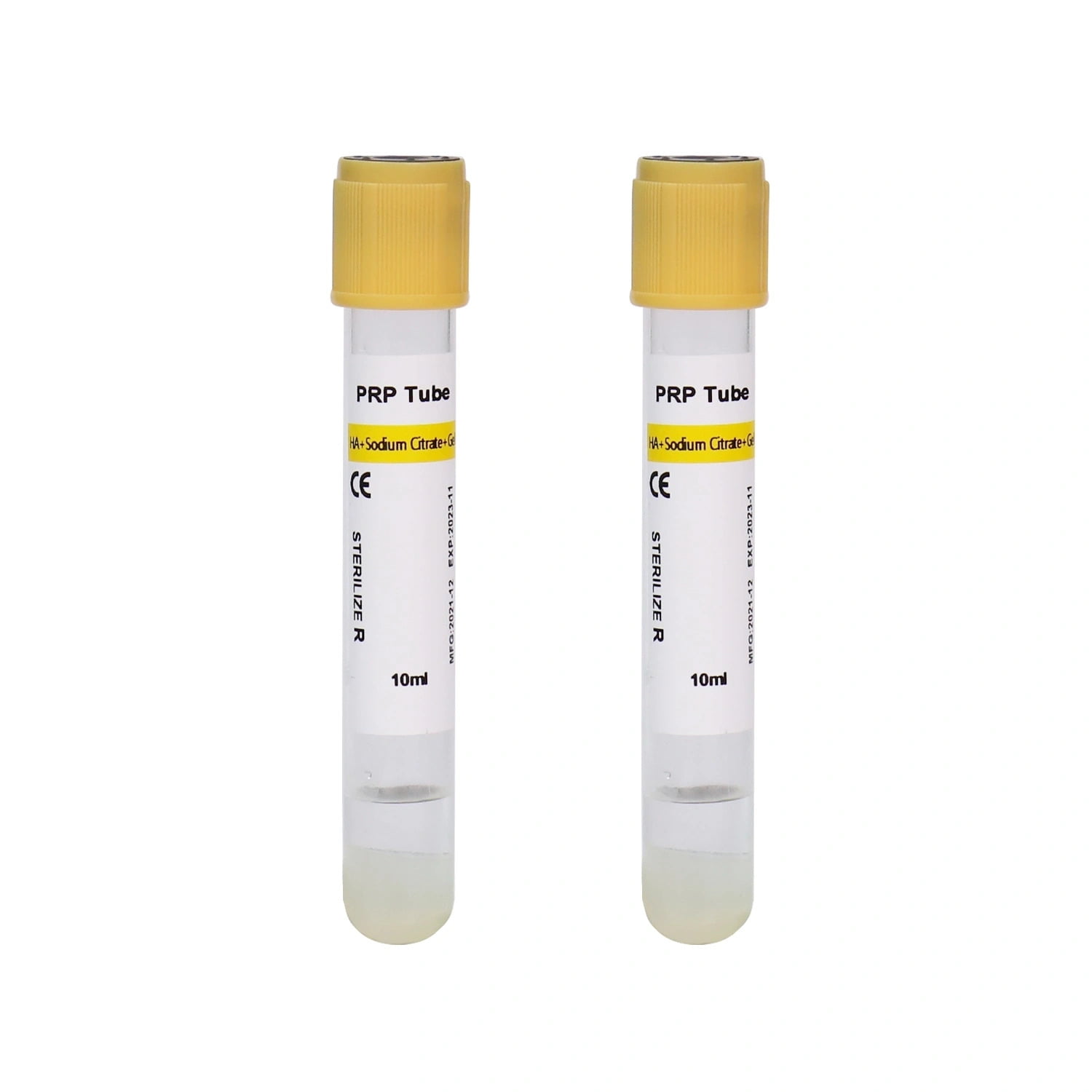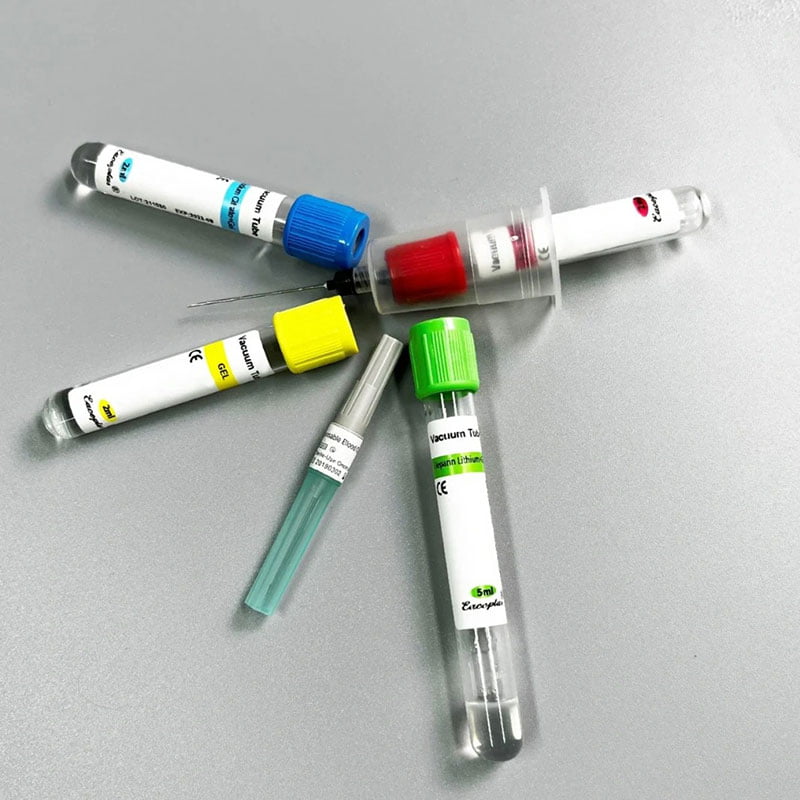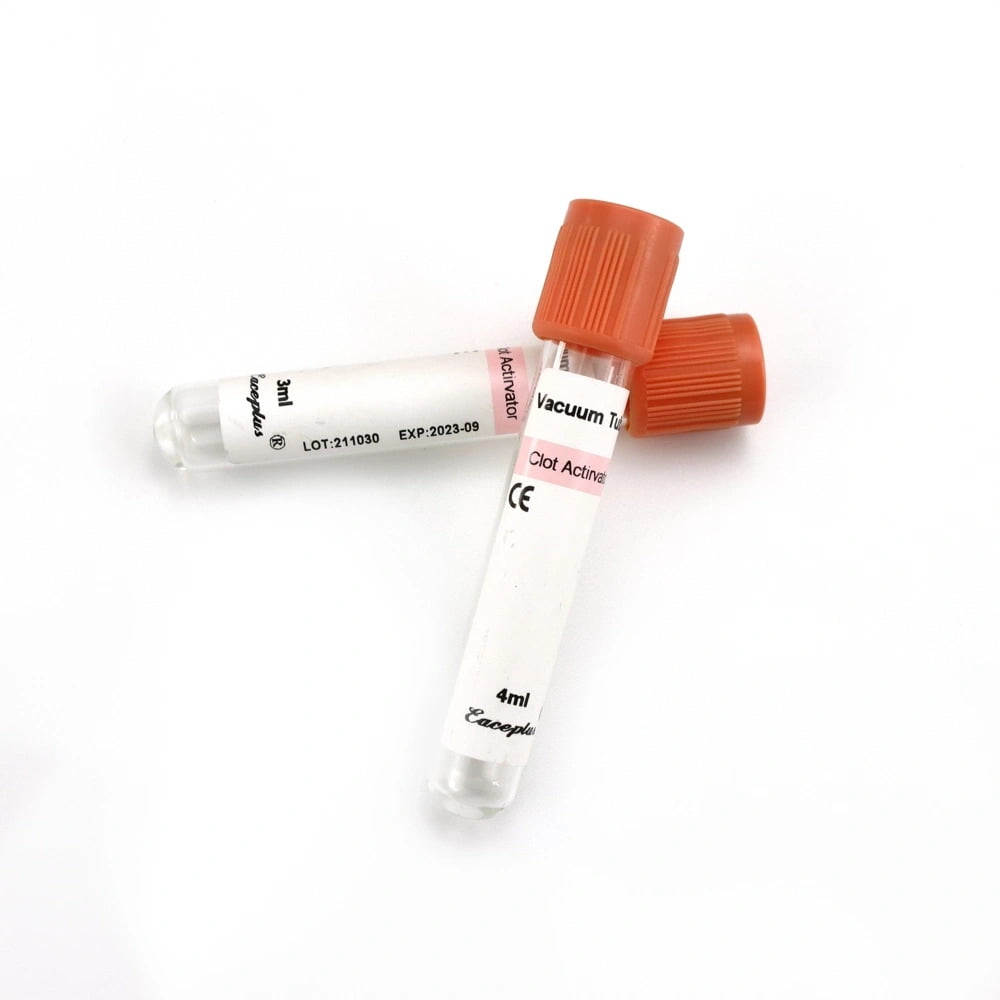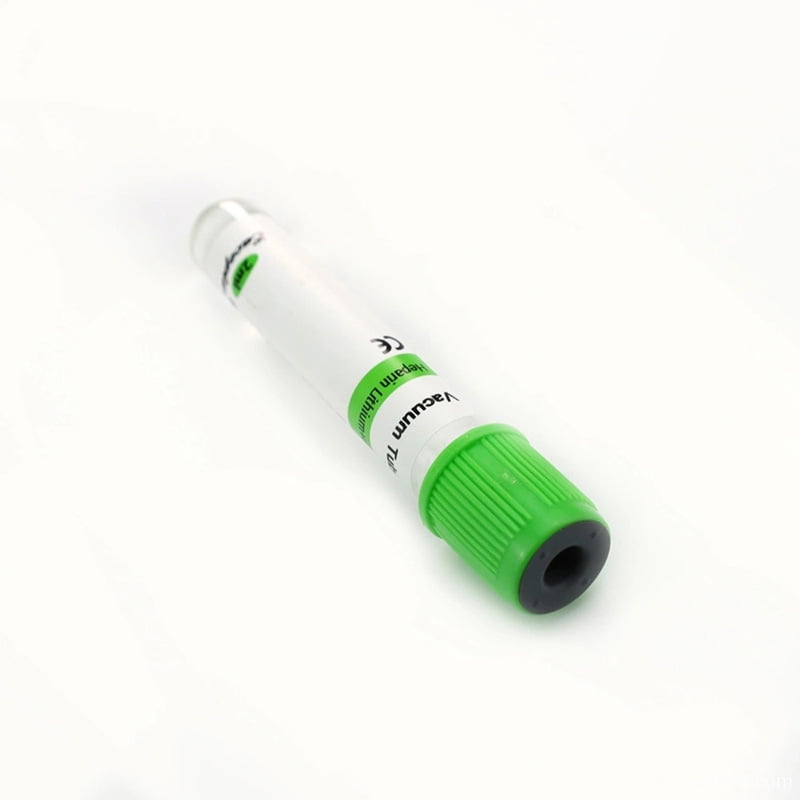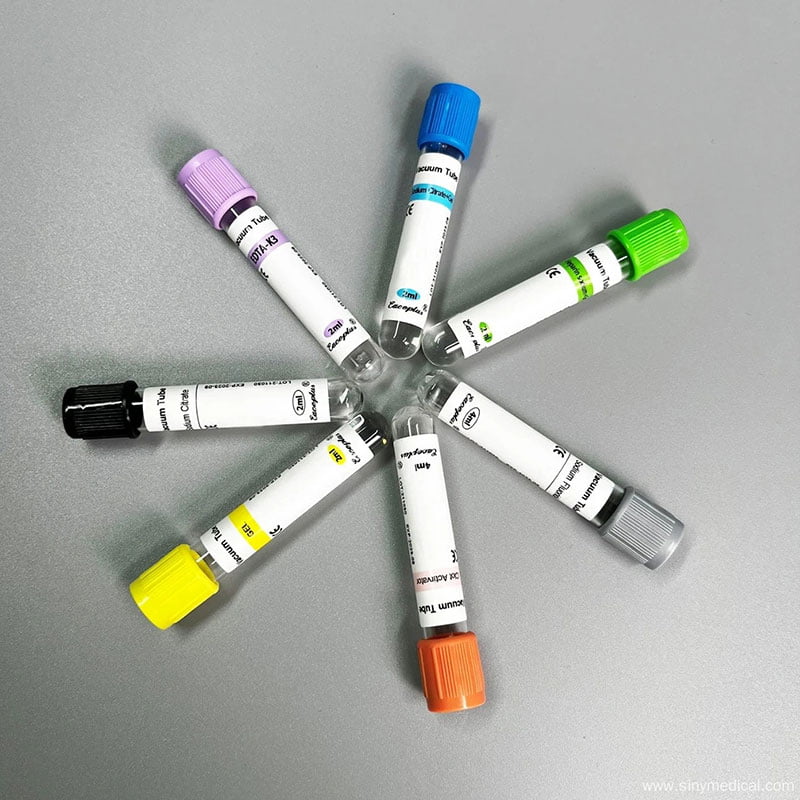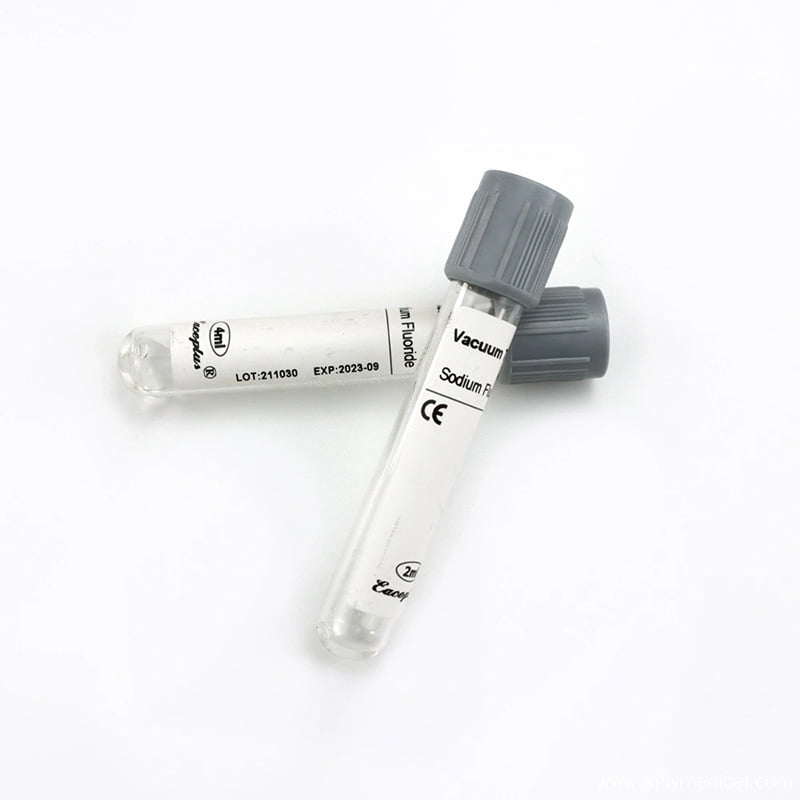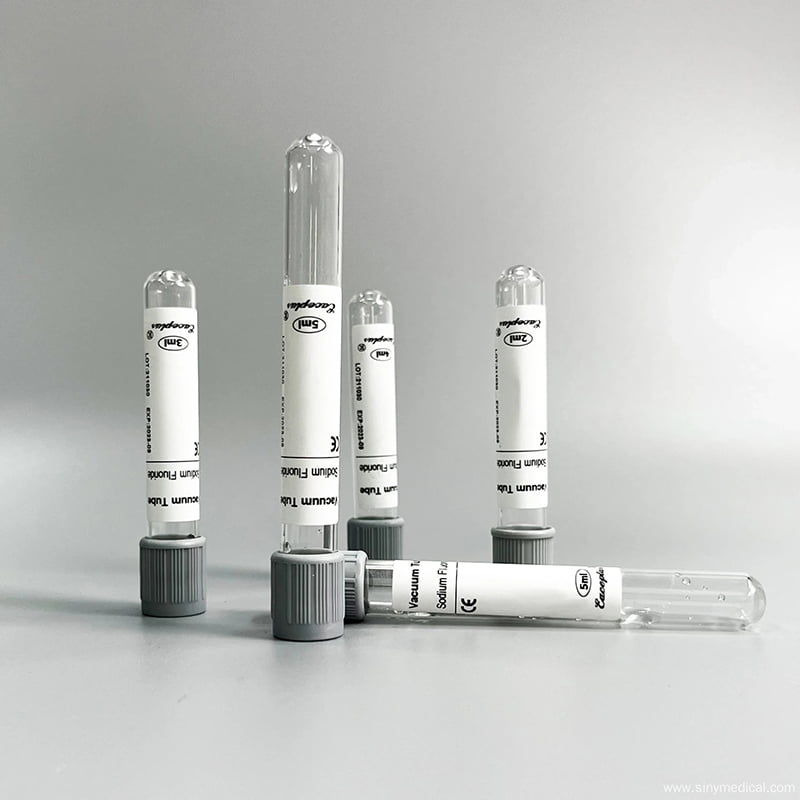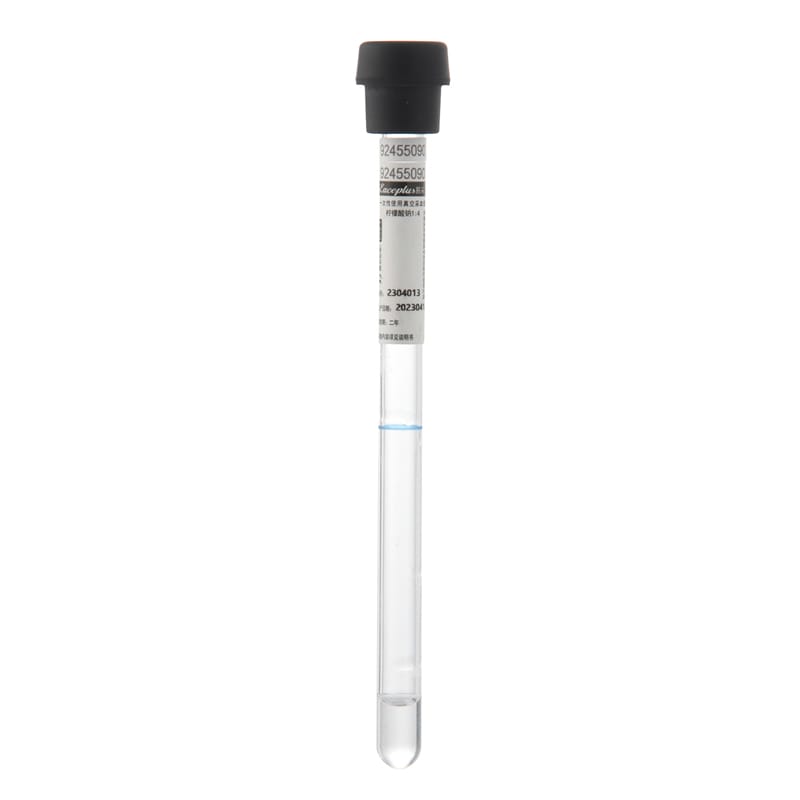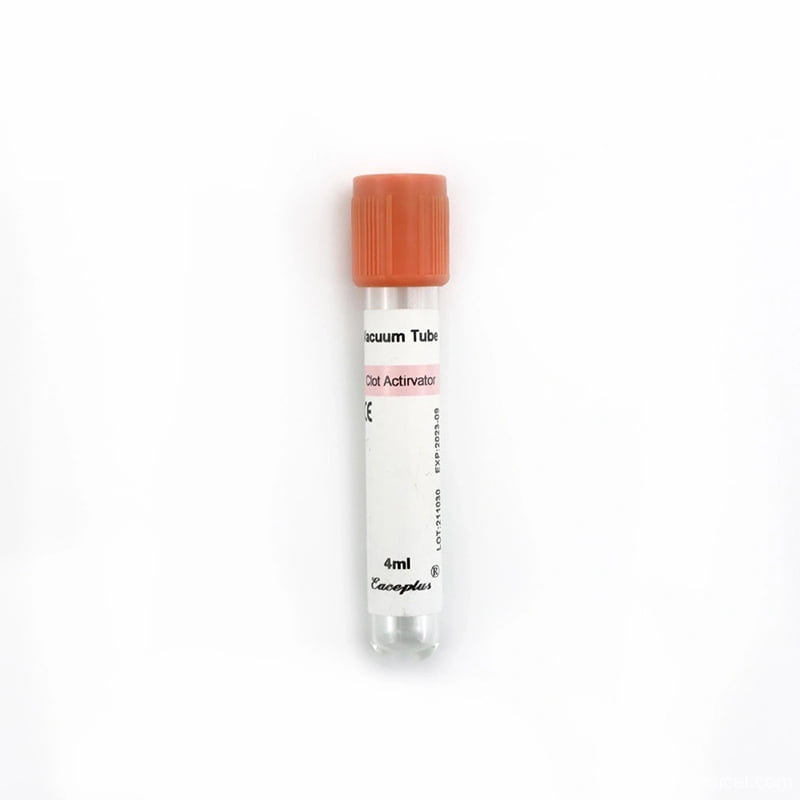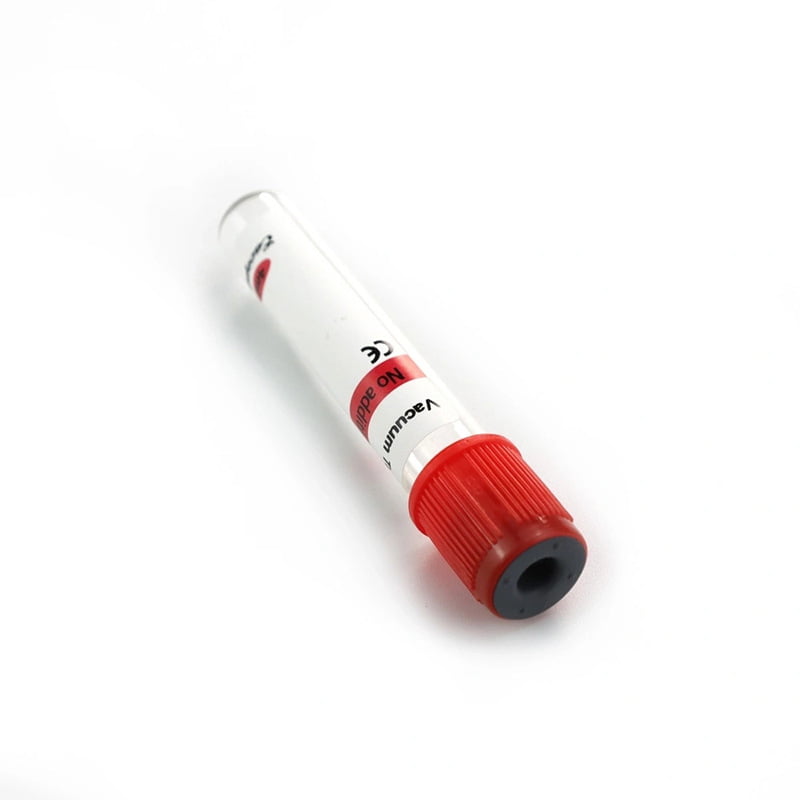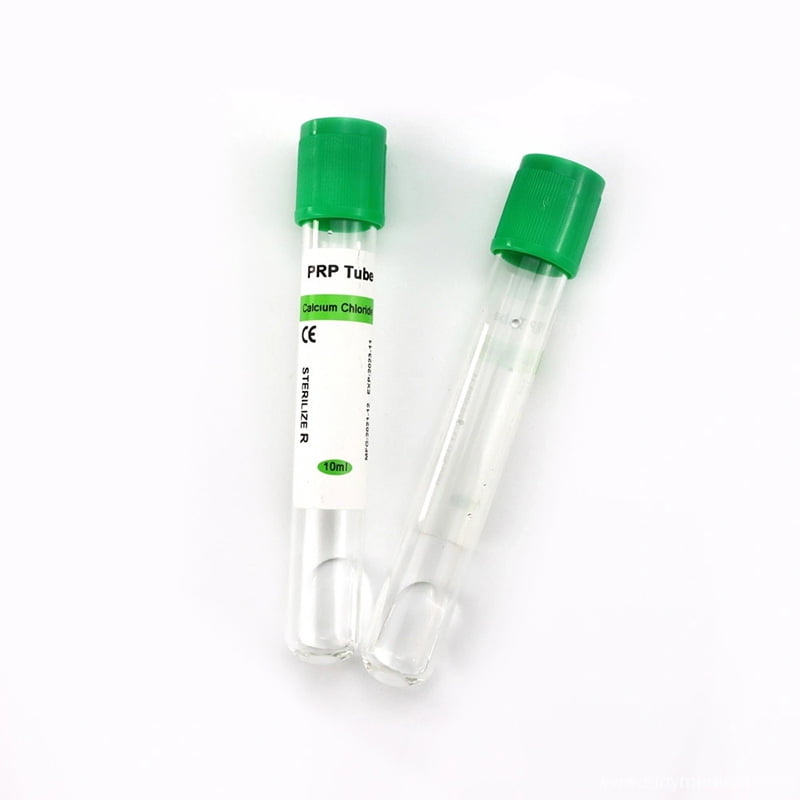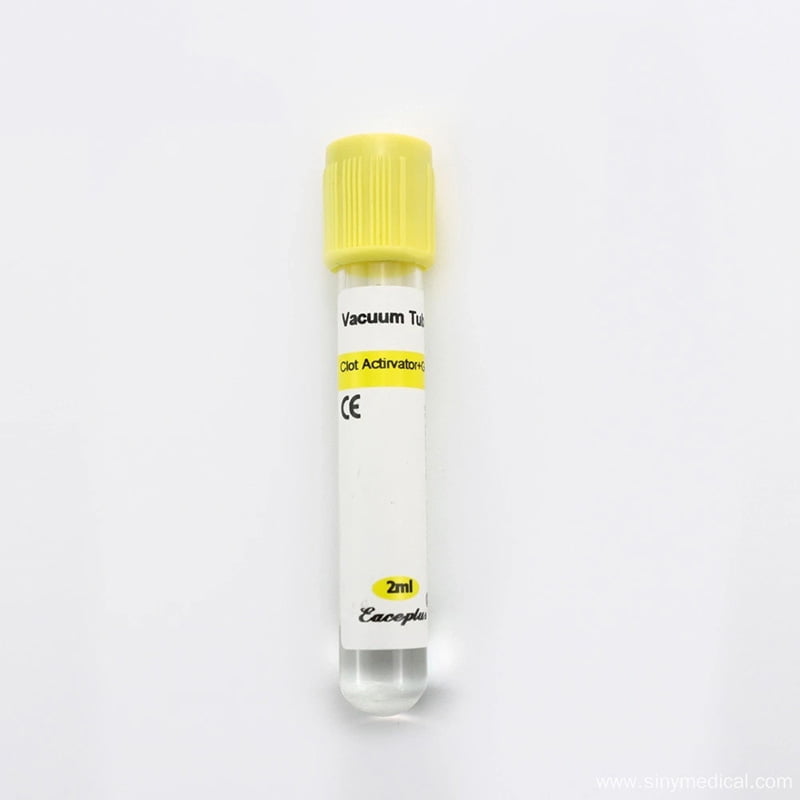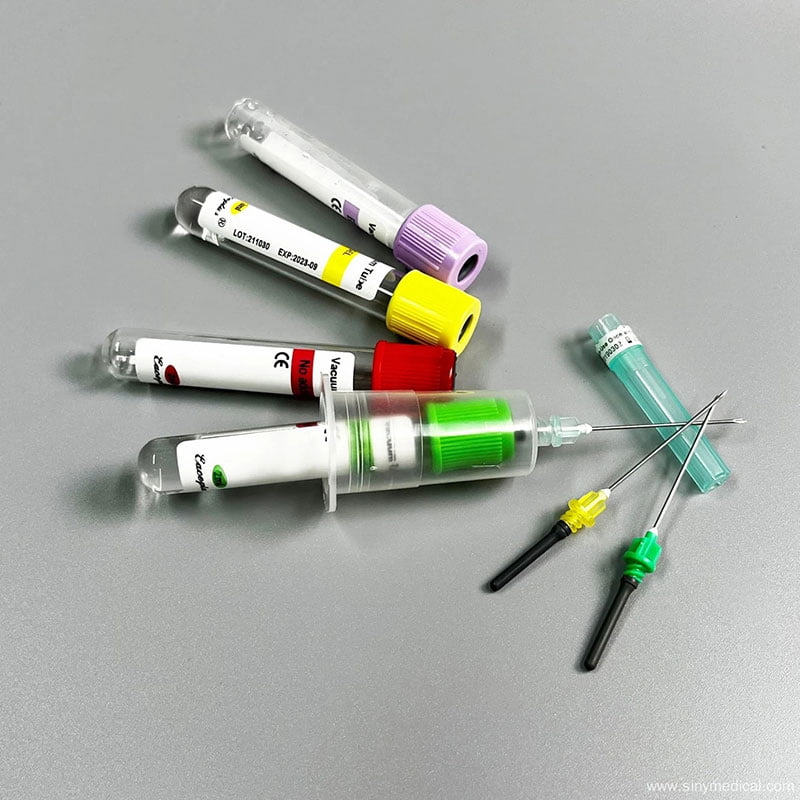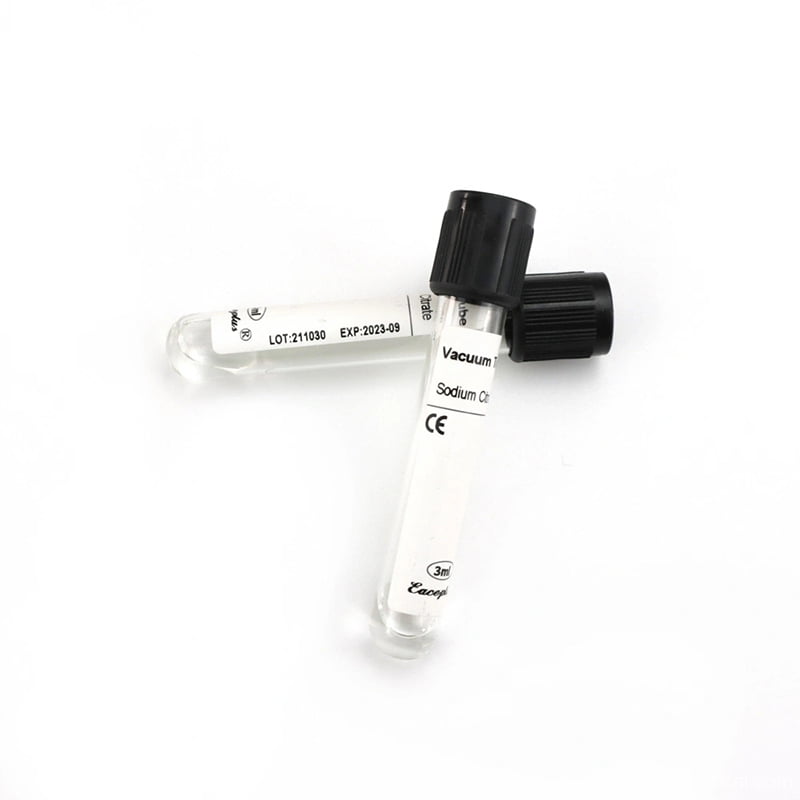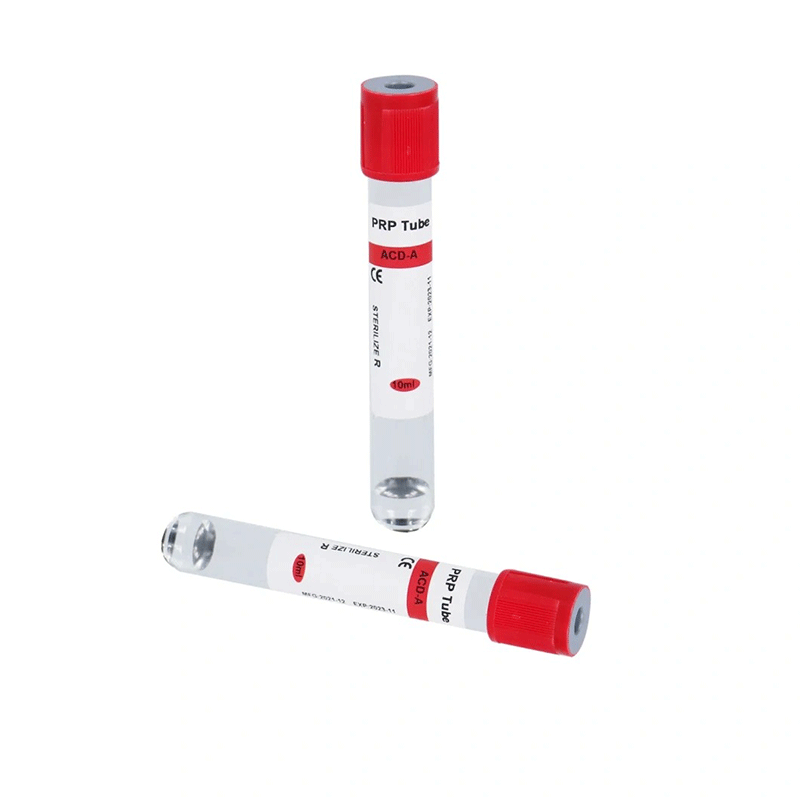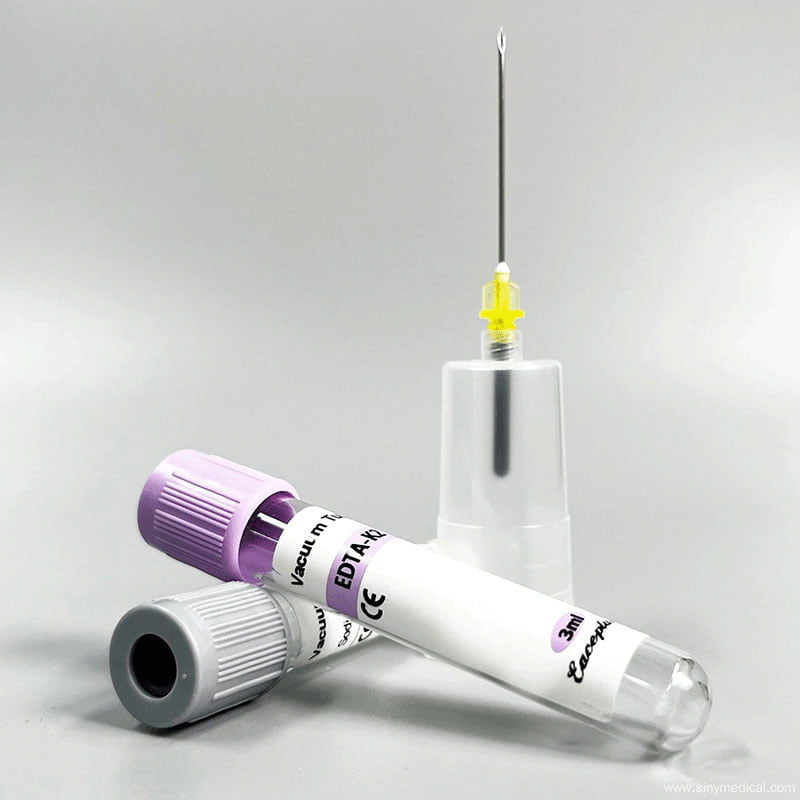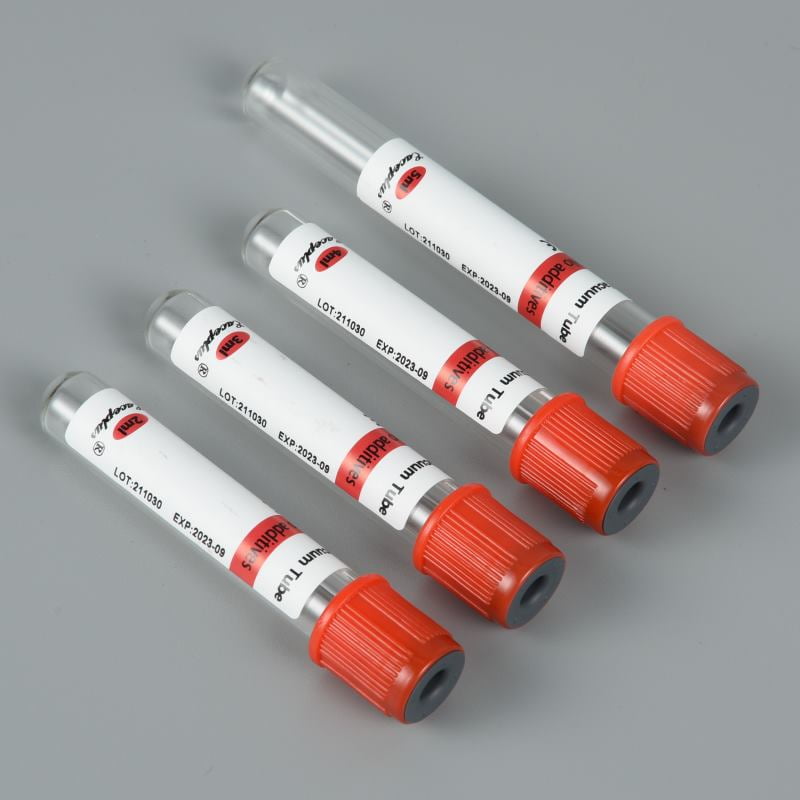Vacuum blood collection tubes are essential tools in modern medical diagnostics, ensuring accurate and contamination-free blood sample collection. One of the key components in these tubes is the separation gel, which plays a crucial role in sample integrity. But what exactly is this gel, and how does it work?
In this comprehensive guide, we’ll explore everything about separation gel, its composition, function, and importance in vacuum blood collection tubes. Whether you’re a medical professional, lab technician, or just curious about medical technology, this blog will provide in-depth insights.
For high-quality blood collection tubes with advanced separation gel technology, visit Siny Medical.
Table of Contents
What is Separation Gel in Blood Collection Tubes?
The separation gel is a thixotropic, inert substance placed inside vacuum blood collection tubes to separate blood components after centrifugation. It forms a stable barrier between serum or plasma and blood cells, preventing remixing and ensuring sample stability.

Key Characteristics of Separation Gel:
- Density: The gel has a specific density (1.04–1.05 g/mL) that allows it to settle between plasma (less dense) and blood cells (more dense).
- Thermal Stability: It remains stable at various temperatures, ensuring reliable performance in different lab conditions.
- Chemical Inertness: The gel does not react with blood components, preserving sample integrity.
For more details on plasma separator tubes, check out What is a Plasma Separator Tube?.
How Does Separation Gel Work?
The separation gel functions through a simple yet effective process:
- Blood Collection: When blood is drawn into the tube, it mixes with anticoagulants or clot activators.
- Centrifugation: The high-speed spinning of the tube forces the gel to move based on density.
- Barrier Formation: The gel forms a solid barrier between serum/plasma and cellular components.
- Sample Stability: This separation prevents cellular metabolism from altering test results.
To understand the principle of vacuum blood collection tubes, read The Principle of Vacuum Blood Collection Tube.
Types of Blood Collection Tubes with Separation Gel
Different tubes use separation gel for various diagnostic purposes:
Serum Separator Tubes (SST)
- Contains a clot activator and separation gel.
- Used for chemistry tests, hormone assays, and serology.
- Example: Siny Medical’s Blood Collection Tubes.
Plasma Separator Tubes (PST)
- Contains anticoagulant (e.g., lithium heparin) and separation gel.
- Ideal for plasma-based tests like glucose and electrolytes.
Advantages of Using Separation Gel in Blood Collection
- Prevents Hemolysis: Reduces red blood cell rupture, ensuring accurate test results.
- Longer Sample Stability: The separation gel ensures that separated samples remain stable for extended periods, preventing degradation.
- Reduces Lab Errors: Minimizes manual handling, reducing contamination risks.
- Improves Efficiency: Faster processing in high-volume labs.
For automated solutions, see Medical Vacuum Blood Collection Tube Assembly Machine.
Scientific Benefits of Separation Gel in Blood Testing
The incorporation of separation gel in blood collection tubes presents multiple significant advantages:
- Enhanced Sample Integrity: The gel barrier prevents contamination between serum/plasma and blood cells, reducing the risk of analyte degradation and ensuring stable, accurate test results.
- Reduced Hemolysis Risk: By minimizing the mechanical manipulation of samples and quick stabilization of components, separation gel tubes reduce the breakdown of red blood cells that can affect test outcomes.
- Streamlined Laboratory Workflow: The barrier eliminates the need for manual serum or plasma separation by pipetting, which reduces labor and sample handling errors, speeding up processing times.
- Automated System Compatibility: Modern laboratories rely on automated analyzers; gel separator tubes are compatible with these instruments for efficient, large-scale sample processing.
- Improved Safety and Contamination Control: The gel remains inside the tube, preventing leaks and cross-contamination and protecting lab personnel from exposure.
Research and Clinical Validation of Separation Gel Tubes
Clinical studies have demonstrated the suitability of gel separator tubes for various therapeutic drug monitoring, biochemical, and immunological assays, confirming minimal adsorption effects and excellent sample preservation properties under standard storage and analysis conditions.
Manufacturing and Quality Control
The production of vacuum blood collection tubes with separation gel involves:
- Tube Preparation: High-quality PET or glass tubes are sterilized.
- Gel Filling: Automated machines inject precise volumes of gel.
- Coating or Additive Application: Clot activators or anticoagulants are added.
- Vacuum Sealing: Tubes are sealed with pre-determined vacuum pressure.
- Quality Testing: Each batch undergoes centrifugation tests, leak tests, and density verification.
Manufacturers like SINY Medical adhere to strict quality standards (ISO13485 and CE certification) ensuring safety and reliability.
Summary
The separation gel in vacuum blood collection tubes is a vital innovation in medical diagnostics, ensuring sample integrity, accuracy, and efficiency. From serum separator tubes to PRP applications, this technology enhances lab workflows and patient care.
For the best blood collection tubes with advanced separation gel, trust Siny Medical—your partner in medical laboratory solutions.
Have questions? Contact Siny Medical today!
For more updates, follow us on:
FAQs
1. What is the main purpose of separation gel in blood collection tubes?
The separation gel serves to create a barrier between serum/plasma and cells after centrifugation, ensuring uncontaminated samples for analysis.
2. Can the separation gel affect blood test results?
Not if it’s of high quality. Reputable manufacturers like SINY Medical produce gels that are inert and stable, ensuring no interference with test results.
3. What’s the difference between serum separator and plasma separator tubes?
Serum separator tubes use clot activators, while plasma separator tubes contain anticoagulants. Both utilize separation gel to isolate the liquid component.
4. How should these tubes be stored?
They should be stored at room temperature, away from direct sunlight, and used before their expiration date.
5. Can separation gel tubes be reused?
No. They are designed for single-use only to prevent contamination and ensure sterility.

